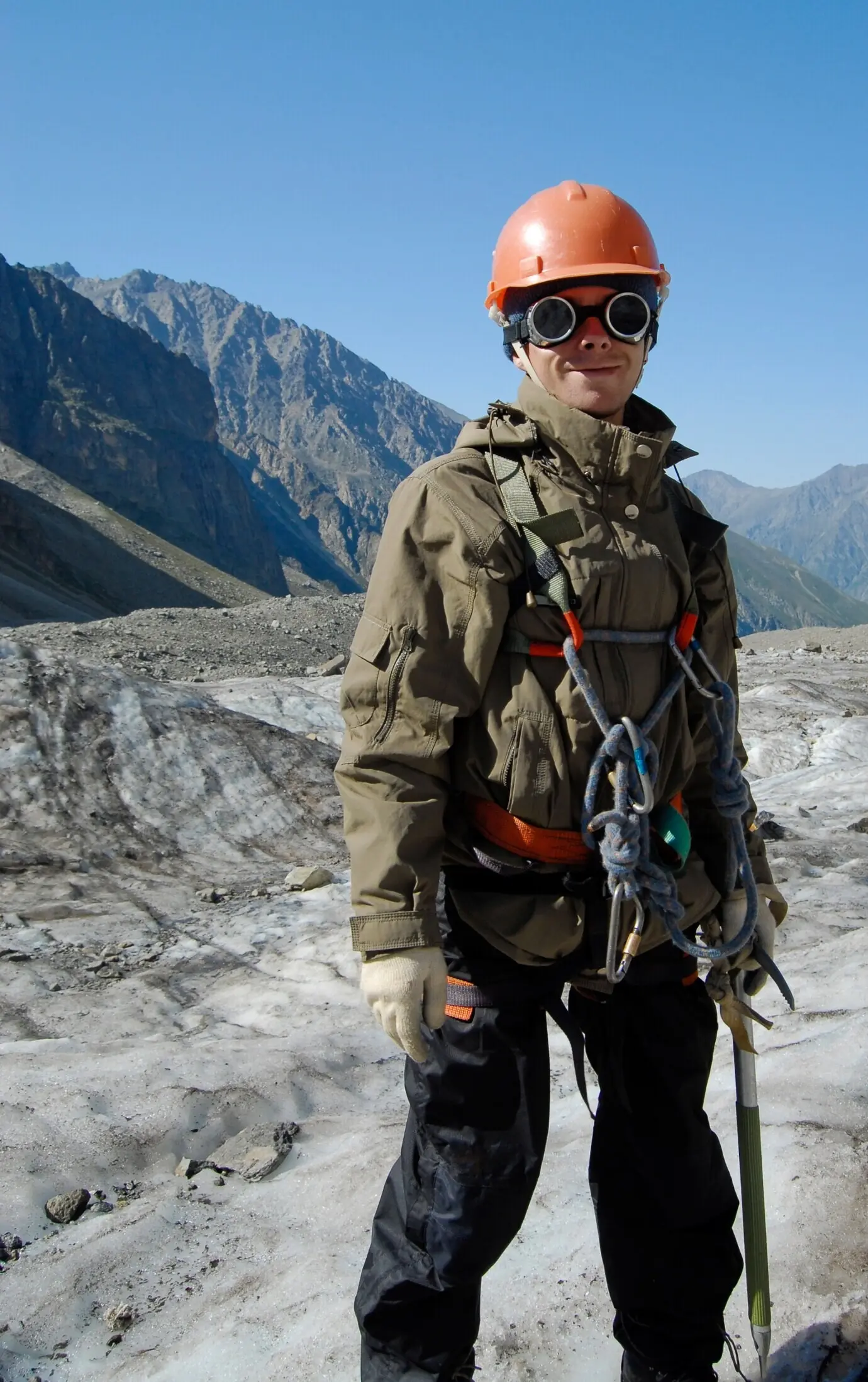Gear Up for Mountain Paths with Confidence
Today we dive into choosing footwear and clothing for mountain trails, translating terrain, weather, and personal comfort into clear decisions. You’ll learn how to match grip, cushioning, and support with breathable, strategic layers that move, protect, and last. Expect practical checklists, field-tested stories, and small tweaks that prevent blisters, overheating, and shivers, so every climb feels purposeful and every descent secure.
Reading the Trail: Fit, Support, and Protection
Before considering colors or brand names, study the surfaces you will cross and how your body moves under load. Fit is comfort and safety: secure heels, adequate toe room, precise width, and supportive midsoles. Pair that with clothing that stretches where you bend, resists abrasion, and layers smoothly beneath a pack, so friction fades and freedom remains on steep switchbacks and scree.
Boots, Shoes, and Soles that Grip
Different trails ask for different platforms. Lightweight trail runners shine on dry, well‑maintained paths, while stiff mids stabilize ankles under backpacking loads. Outsoles vary wildly: sticky compounds bite rock yet wear quickly; firmer rubbers last longer yet need deeper lugs. Matching these elements prevents slips, fatigue, and premature gear failure.
Layer Smart from Base to Shell
Clothing should manage sweat, trap just enough warmth, and shield from wind or precip without stifling movement. Start with fibers that handle moisture, add insulation that still breathes on the move, then select a shell that blocks the elements and partners with your pack’s contact points.
Prepared for Heat, Cold, Rain, and Snow
Mountain weather reshuffles the deck quickly. Plan for solar exposure, katabatic winds, sudden thunderstorms, and shaded gullies holding last week’s hail. Ventilation, insulation, and waterproofing are tools you mix intentionally. The right combo keeps morale high, snacks eaten, and decisions sharp when the horizon turns unsettling.

Comfort Insurance: Prevent Blisters, Chafe, and Soreness
Proactive prevention beats heroic fixes. A small ritual—taping hot spots, lubricating seams, and adjusting laces before steep descents—keeps skin intact. Structured insoles, trekking poles, and appropriate stack height reduce joint strain. Together, these choices protect energy, confidence, and enjoyment across long days and uneven terrain.
Materials, Repairs, and Certifications that Matter
Favor recycled nylons with reinforced weaves, leather from verified tanneries, and PFC‑free finishes. Cobblers can resole quality boots, while seam grips and patches revive shells. Certifications like Fair Trade and Responsible Wool signal commitment, helping your purchases align with values without sacrificing trail performance.
Care Routines that Extend Trail Life
Brush dirt from zippers, rinse salt from straps, and dry footwear away from direct heat to preserve glues. Reapply DWR to shells when water stops beading. Store merino flat, and refresh insoles periodically so cushioning and support continue to protect joints on demanding routes.
Smart Budgeting, Secondhand Wins, and Rentals
Allocate funds to footwear first, then weather protection, because comfort and safety compound dividends. Try community gear libraries or rentals before committing. The secondhand market often hides nearly new gems; just inspect midsoles, stitching, and delamination to avoid surprises halfway up a remote ridge.
Trail‑Tested Lessons You Can Apply Today
Stories sharpen decisions. Small, observed differences—like how a vented shirt calms a grinding ascent, or how a firmer outsole saves calves on talus—translate into better days. These quick vignettes distill what works when conditions press, packs sway, and time runs short. Share your questions or favorite kits in the comments and subscribe for future trail tests.
